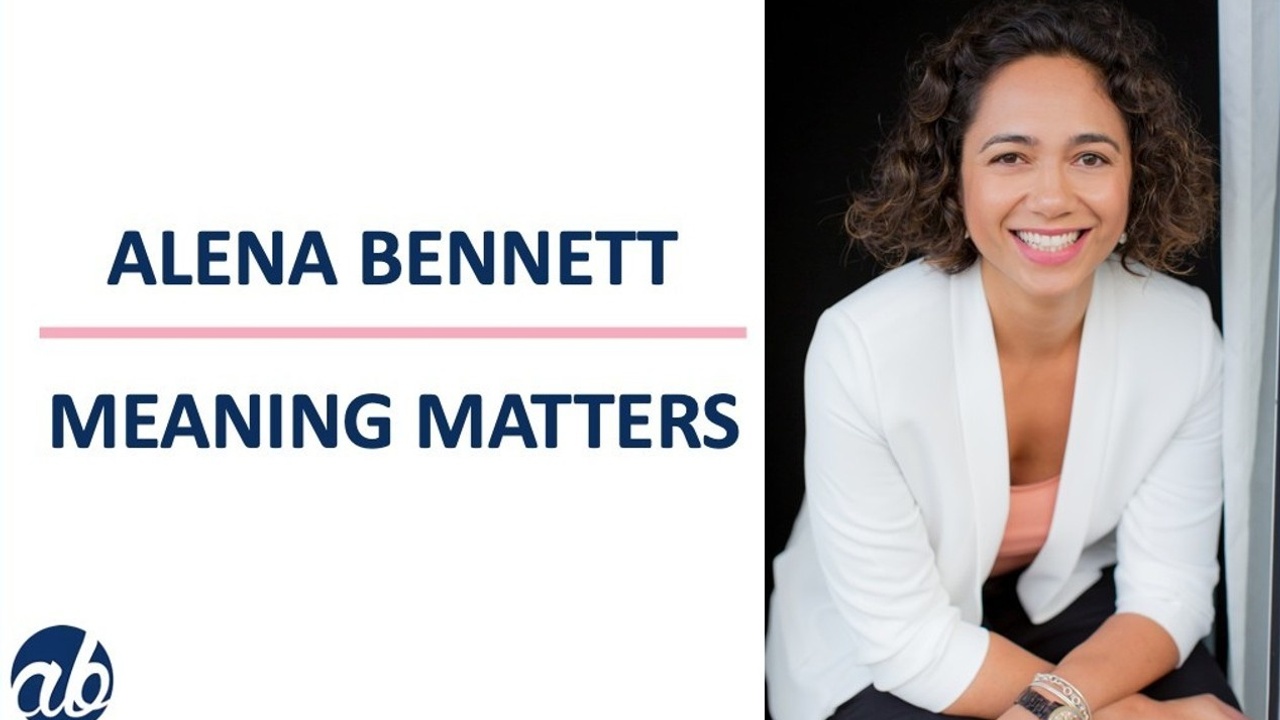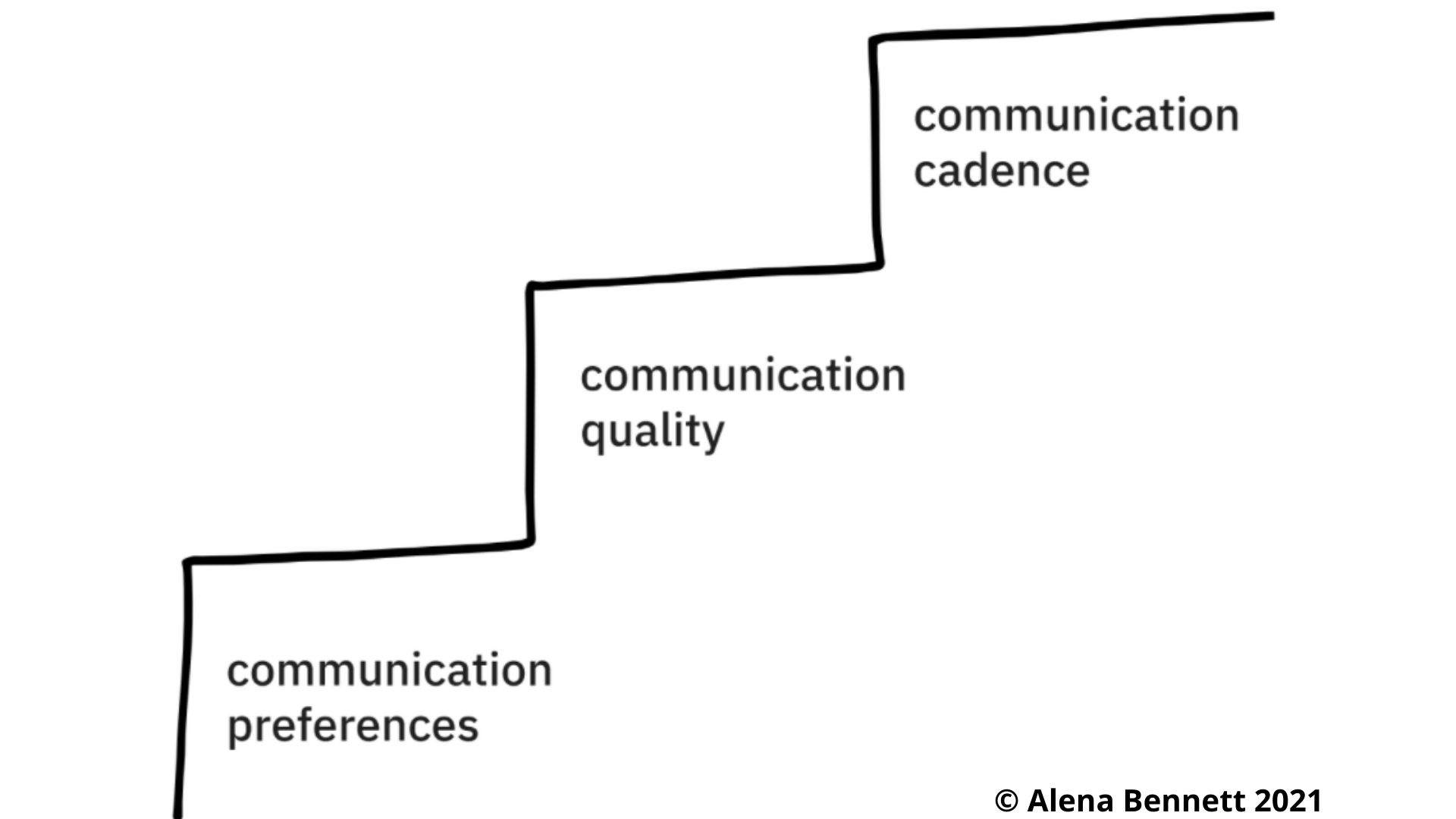It's frustrating and it's a far more common occurrence than it needs to be.
A client of mine, Glen, is the CFO of a transport company and I work with him and his leadership team. I was having a coaching session with Andrea, one of Glen's direct reports, and we were talking about her workload. She was really enjoying the work that she was doing, but it was crazy busy. I asked her just how bad the hours were, and whether she'd brought this up with Glen yet. She said, "Glen's great. He gives me so much time and we have really good conversations."
"That's awesome," I responded. "How has he helped you prioritise all the work you've got on?"
No response!
I see this a lot among CFOs and their teams. They have good relationships and frequent conversations, which lets them fall into a false sense of security on the subconscious assumption that quantity = quality. This is, of course, a false assumption.
It is actually called disguised dysfunction and it's what happens when we don't have regular prioritisation conversations 1:1 with our team members.
Your prioritisation needs to be on point
In order to demonstrate your value as a CFO, your prioritisation needs to be on point. As James Clear, author of Atomic Habits says, "Choosing the priority is as important as working on it." Now, that might seem simple in principle – just order your tasks from most to least important! But how do you know what is most important? As CFOs, we are under enormous pressure to achieve a neverending list of outcomes. It can be hard sometimes to see the forest for the trees.
Making matters infinitely harder is the fact that it's not just your priorities you're expected to consider. As the heart of the organisation, it is your responsibility to consider everyone else's priorities, too. Being the heart of the organisation is truly an honour, but it's also an immense challenge. The risks of getting prioritisation wrong are exposing.
This has never been more frightening than in the current climate where so many unprecedented and unexpected challenges have arisen. Nothing on the current financial landscape seems consistent, except the constant changes.
How do you prioritise under such extreme circumstances, and how do you ensure your team prioritises accordingly?
How well do you communicate your priorities to your team?
The story above illustrates something that I see frequently with CFOs and their teams. When your team doesn't perform in the way you expect, it can be frustrating because you've told them. You've brought it up in multiple meetings. You've sent lots of communications around it.
So you're left wondering, how can they still have gotten it wrong, and what can I do about it?
Here are three steps to help ensure your team have clarity on the priorities, and understand the impact to them:
1. Communication preferences: Do you know how your team prefers to receive messages? Is this the same way that you prefer to communicate messages? If there is misalignment in these communication channels, it doesn't matter how many times you think you've told them. They won't hear!
2. Communication quality: How well are you communicating the message? Do you clearly structure your communications - written and verbal? Do you share the purpose, are you clear on the desired outcome and do you provide guidance on the structure and timing that you expect? If these messages are delivered in an unstructured way, you leave your message open to interpretation as your team busily has to make sense of your communication.
3. Communication cadence: Do your team know when you hear from you? Do they understand the purpose of each conversation and are they clear on the expectations required from them in each conversation? Having a clearly defined communication cadence increases the efficiency of communication and also elevates the effectiveness of your communication as your team is already primed to hear and take the appropriate action from your message!
Wait - that's not all!
The thing about prioritisation is that even with those communication habits in place, there are still 2 key concepts to consider:
• Prioritising one thing necessarily requires de-prioritising another. People don't like their tasks or projects being deprioritised, even when it's just a timing issue and the work is still ultimately going to get done.
• You can't prioritise effectively if you don't have all the information. This means you must have a clear sense of purpose: you either know what's important, or are equipped to figure it out. Purpose is the ultimate prioritisation tool when accompanied by a good flow of communication.
Where is your team not hitting the mark?
Are you confident they understand the priorities?
What can you do to increase the speed in which they understand your message and deliver on the outcomes?



